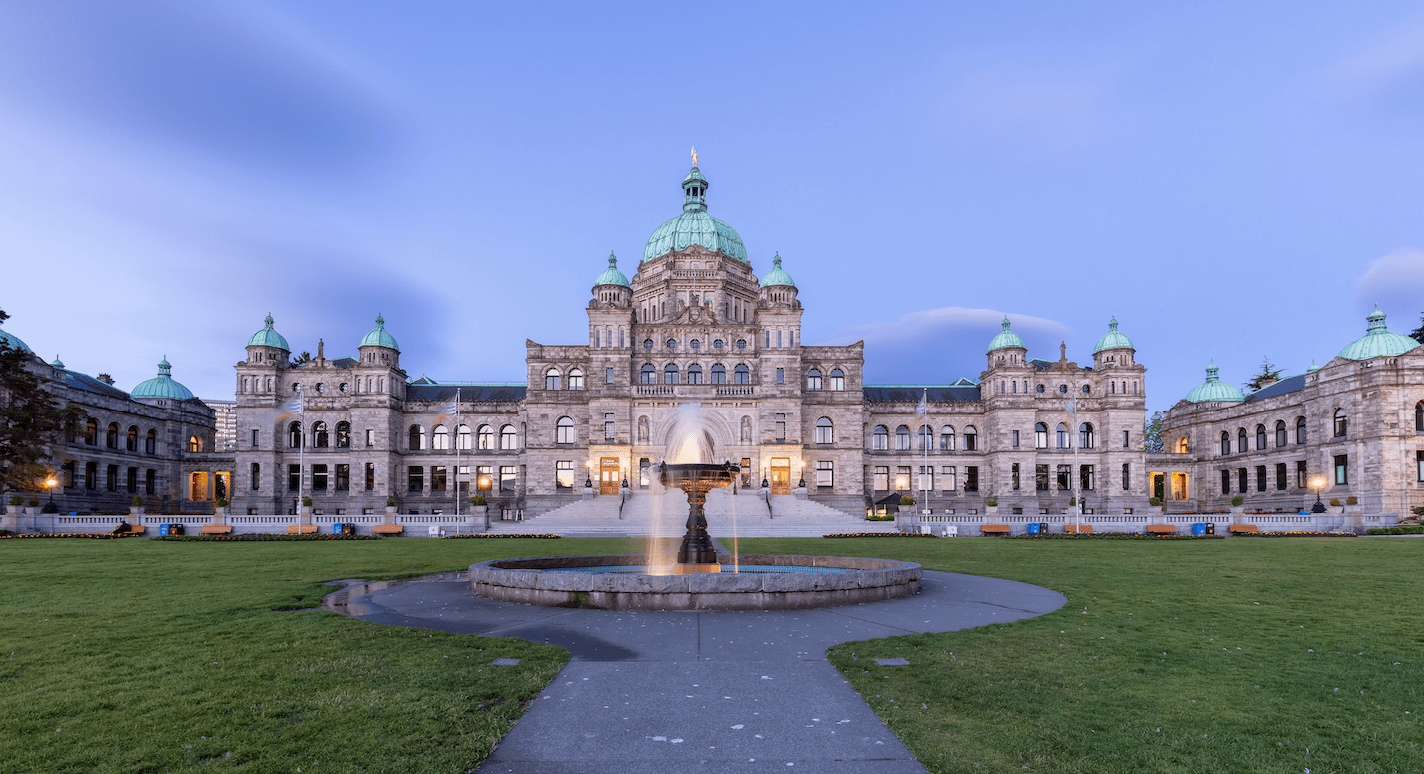
BCCA introduces prompt payment, promotes builders code
VICTORIA – A combination of Vancouver Island’s livability, affordability and relative safety in the COVID world continues to drive the home building industry to new heights.
Kerriann Coady, Chief Executive Officer of Canadian Home Builders Association Vancouver Island, says members are expecting to see current growth trends continue for the next three years. Simply stated, people have recognized the Island as a desirable place to live, and are moving here and buying homes.
“We have a real housing need here. We don’t have enough homes for the people we already have, and we expect the next three years will be strong for housing demand,” Coady notes. “I think it’s a by-product of COVID, as obviously people have learned they aren’t required to be in an office to do their jobs anymore.”
“They can have better work-life balance here, no longer having to commute to work, because they can have a home office. We are seeing a lot of that. We’re definitely changing the way we co-exist and work, and the Island is a very attractive place to live,” she says, adding that with close to one million people living across the Island, the population is not as compressed as Vancouver, Toronto and other larger centres.

Kerriann Coady is CEO of the Canadian Home Builders Association Vancouver Island
With that continued demand comes the usual stresses in regards to companies finding enough qualified workers to build the homes. The long-predicted skilled labour shortage has been here for quite some time, and is expected to continue.
“Finding enough workers has been a big challenge,” Coady states. “There are a lot of builders that have more work than they know what to do with, so finding those workers has been a little challenging.”
CHBAVI has 170 members across Vancouver Island.
Another concern is the supply chain, as supplies have become more difficult to obtain due to what some believe is longer than expected government payments to people to not work. In many cases, production workers were able to have more take-home money directly from the government – even though tax bills will eventually arrive – than they would make on their regular jobs.
“The supply chain is a bit of a challenge, but this year is a bit better than last in that the supply chain issue is known, so orders are going in earlier, as builders are trying to keep a really close eye on what they need, and increased costs,” Coady explains, adding that some jobs are requiring up to three or four months more to complete. “There have definitely been some delays for builders. But it’s not a stall entirely. Things are just moving a little bit slower.

BCCA: Pay Bills On Time
Pay your bills.
That is the message that the BC Construction Association has sent to the provincial government, and apparently that has been heard loud and clear.
The Select Standing Committee on Finance and Government Services recently released their Report on the Budget 2022 Consultation, and included on page 46 of the report was a summary. As a result, item 60 on the list of recommendations states: Prioritize the introduction of prompt payment legislation.
The summary, under the sub-title “Prompt Payment”, notes that the BCCA “urged the introduction of prompt payment legislation, stressing that a lack of prompt payment costs government in excess of $3 billion per year.”
They explained that most businesses in BC’s construction industry employ fewer than 20 workers and that too often construction contractors are not being paid for the work that they do.
“As a result, small businesses end up carrying loans, credit card debt, second mortgages, and lines of credit when they do not receive timely payment for their work,” it continued. “They explained that prompt payment legislation is a meaningful tool to help ensure that Report on the Budget 2022 Consultation 47 the billions of dollars spent on publicly-funded infrastructure projects make it to the tradespeople and the small contractors who have earned it.”
The BCCA’s push was much needed and well received by construction companies that do business with the government, although it is disturbing that the motion even had to be made. Withholding public funds for public projects built by the private sector chokes cash flow and makes constructing public buildings and infrastructure unpalatable at best, and undoable at worst for some companies who not only would benefit from being contracted to do such work, and the lack of competition due to those cash-flow restraints also lowers the talent pool of firms willing to undertake such projects. That could mean that highly skilled companies could withdraw their services, or not even bid, on important public infrastructure projects.
Builders Code At Site C
Earlier this year, BC Hydro and seven of its largest contractors adopted the Builders Code conduct standard across Site C Dam in northern BC and by so doing, have set the bar high for other sites across the province.

Chris O’Riley is President and CEO of BC Hydro
Over 200 contractors and owners have become Builders Code signatories, but Site C is the first multi-contractor, project–wide commitment, a statement on the BCCA website explains. “This recognition of shared responsibility for ensuring acceptable site behavior comes as the project staffs up for the summer season and helps ensure that all workers have the freedom to work safely and to the best of their ability regardless of gender, race, age, or other demographic factors,” it states.
The construction industry in BC was designated as essential during the pandemic, and the vast majority of its 242,000 employees continued to work. With post-COVID 19 economic recovery leaning heavily on infrastructure investment, the industry continues to face a skilled workforce shortage. There is a growing imperative for industry culture to change in order to attract and retain talent.
“Large employers and public owners like BC Hydro have the power to make a huge positive impact on culture across the construction workforce” comments Chris Atchison, President of the BC Construction Association, the organization behind the Builders Code. “By bringing so many large contractors along with them and approaching culture change from a project rather than a company perspective, the team at BC Hydro is showing tremendous leadership.”
On the Site C Project site, contractors are currently reporting that 12 per cent of the workforce is women and ten per cent self-declare as indigenous, which is much higher than the current industry norms of 6 per cent and 5 per cent respectively.
“BC Hydro has made a commitment to diversity and inclusion and we see the Builders Code as a valuable tool in reaffirming that commitment,” says Chris O’Riley, President and CEO of BC Hydro. “For the industry to change, we need to be consistent in recognizing that safety hazards are psychological as well as physical. A site that tolerates hazing, bullying and harassment is not a safe site.”


